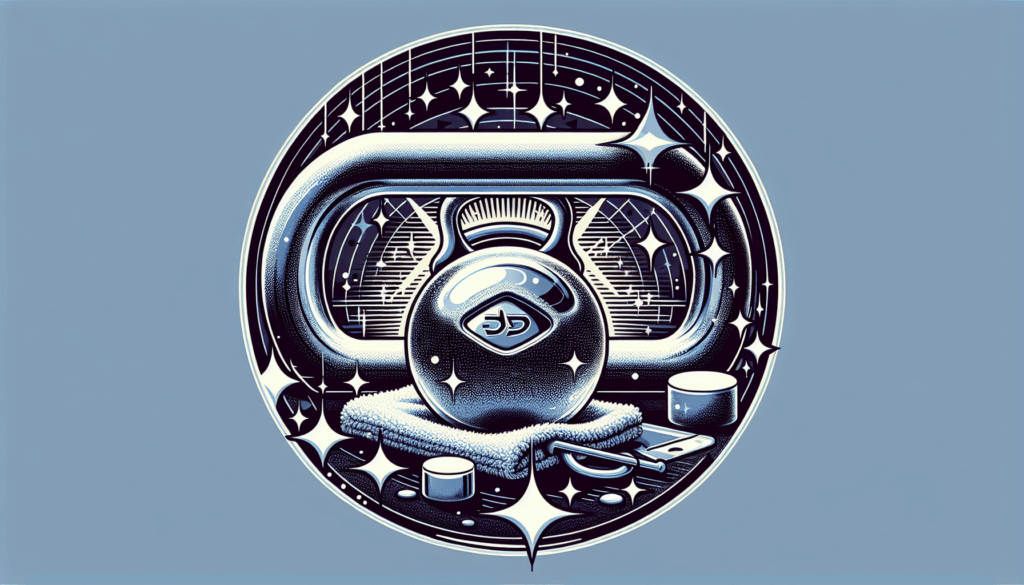Whether you are a fitness enthusiast or someone who regularly works out, it is essential to maintain and clean your workout accessories. From yoga mats to resistance bands, keeping your equipment clean not only prolongs its lifespan but also ensures your hygiene during workouts. In this article, you will discover simple yet effective tips on how to properly clean and maintain your workout accessories, allowing you to enjoy a clean and safe exercise routine.
Cleaning and maintaining workout accessories
Why cleaning and maintaining workout accessories is important
Taking care of your workout accessories is essential for several reasons. Firstly, regular cleaning helps to maintain hygiene and prevent the build-up of sweat, dirt, and bacteria. This not only ensures that your accessories smell fresh but also reduces the risk of skin infections and other health issues. Secondly, proper cleaning and maintenance can prolong the lifespan of your workout accessories, saving you money in the long run. Lastly, clean and well-maintained accessories perform better, allowing you to get the most out of your workouts.
Common workout accessories that need regular cleaning
There are several workout accessories that require regular cleaning. These include yoga mats, resistance bands, weightlifting gloves, grappling gloves, foam rollers, workout towels, exercise balls, exercise bands, jump ropes, and wrist wraps. Each of these accessories accumulates sweat, dirt, and bacteria during use, making it essential to clean them regularly to maintain both hygiene and performance.
Proper cleaning techniques for workout accessories
Now that we understand the importance of cleaning and maintaining workout accessories, let’s explore the proper cleaning techniques for different materials commonly found in these accessories.
Cleaning workout accessories based on material
Cleaning fabric workout accessories
For fabric workout accessories such as yoga mats and towels, start by checking the care instructions provided by the manufacturer. In most cases, you can clean these items by hand or machine washing them using cold water and mild detergent. Hang them to air dry completely before using them again. Avoid using harsh chemicals or bleach, as they can damage the fabric.
Cleaning rubber workout accessories
Rubber workout accessories like resistance bands and foam rollers can be cleaned using warm, soapy water. Gently scrub the surface with a soft cloth or sponge, focusing on any visible dirt or sweat stains. Rinse thoroughly with clean water and allow them to air dry. Avoid using aggressive cleaning products as they can deteriorate the rubber material.
Cleaning leather workout accessories
If you own leather workout accessories, such as weightlifting gloves or grappling gloves, it’s important to clean them properly without causing any damage. Start by wiping off any visible dirt or sweat using a clean, damp cloth. You can then apply a small amount of mild soap or leather cleaner on the cloth and gently cleanse the surface. Remove any excess soap with a clean, damp cloth and allow the leather to air dry naturally. It’s important to avoid soaking or immersing leather accessories in water, as this can cause damage and affect their durability.
Cleaning metal workout accessories
Many workout accessories, such as weightlifting equipment and exercise bands, incorporate metal components that require regular cleaning. To clean metal accessories, start by removing any dust or debris using a soft cloth or brush. You can then dampen a cloth with warm, soapy water and gently wipe down the metal surfaces. Rinse with clean water and dry thoroughly to prevent any water spots or rust from forming. For stubborn stains or buildup, you can use a mild metal cleaner, following the product instructions carefully.
Cleaning plastic workout accessories
Workout accessories made of plastic, like exercise balls and jump ropes, are relatively easy to clean. Begin by wiping the accessories with a clean cloth or sponge dipped in warm, soapy water. Gently scrub the surface to remove any dirt or sweat stains. Rinse the accessories with clean water and dry them thoroughly before using. Avoid using abrasive cleaners or harsh chemicals, as they can damage the plastic material.
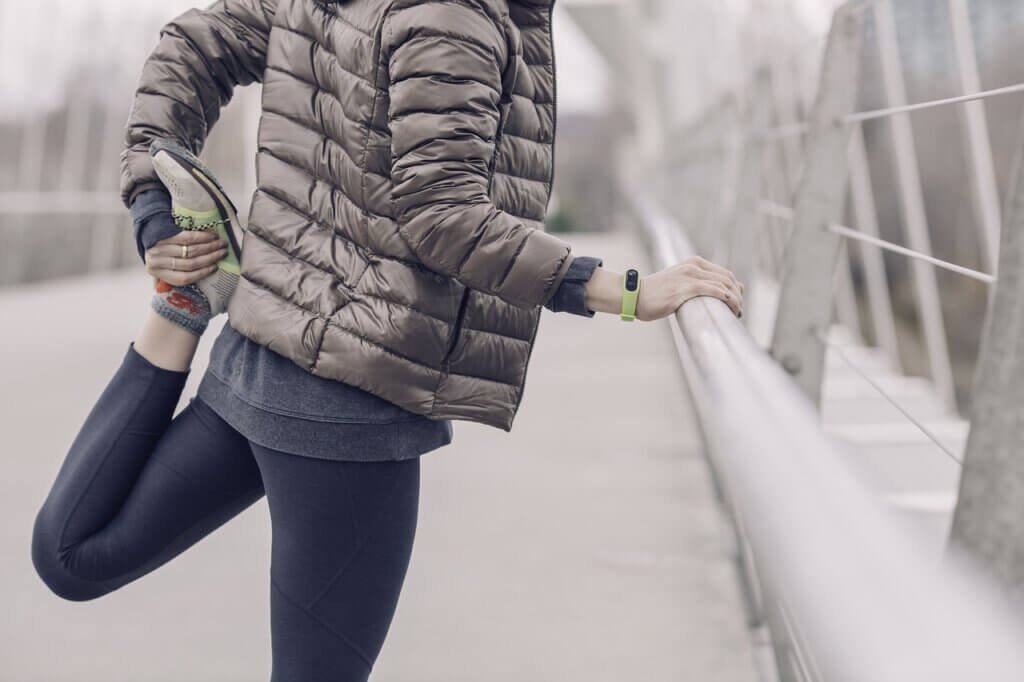
Cleaning specific workout accessories
Cleaning yoga mats
Yoga mats come into direct contact with the floor and your body, making regular cleaning essential. Start by wiping down the mat with a damp cloth or sponge to remove any surface dirt. You can then create a solution by mixing equal parts water and vinegar or using a gentle yoga mat cleaning spray. Spray the solution onto the mat and wipe it down with a clean cloth or sponge. Rinse with clean water and air dry completely before rolling up the mat for storage.
Cleaning resistance bands
Resistance bands are versatile tools commonly used in workouts, and they require regular cleaning to maintain their elasticity and grip. Begin by rinsing the bands with warm, soapy water to remove any dirt or sweat. Gently scrub the bands with a sponge or soft brush to ensure all the surfaces are clean. Rinse thoroughly with clean water and pat dry with a towel. Hang or lay the bands flat to air dry before storing them.
Cleaning weightlifting gloves
Weightlifting gloves protect your hands during heavy lifts and can accumulate sweat and odor over time. To clean them, start by rinsing them with warm water to remove any loose dirt or sweat. Apply a small amount of mild soap or hand wash onto the gloves and gently rub them together to create lather. Rinse the gloves thoroughly in clean water until no soap residue remains. Squeeze out any excess water and allow the gloves to air dry completely before using them again.
Cleaning grappling gloves
Grappling gloves are commonly used in combat sports and require regular cleaning to remove sweat and bacteria. Start by wiping the gloves with a clean, damp cloth to remove any surface dirt. Mix a solution of mild soap and warm water and apply it to the gloves using a soft cloth. Gently scrub the gloves, paying attention to any areas with visible dirt or stains. Rinse thoroughly with clean water and allow them to air dry completely before use.
Cleaning foam rollers
Foam rollers are widely used for muscle recovery and self-massage, and they require regular cleaning to prevent the buildup of sweat and bacteria. Start by wiping the foam roller with a damp cloth to remove any surface dirt or debris. If the roller has visible stains, create a solution of mild soap and warm water. Scrub the roller using a soft brush or sponge and rinse thoroughly with clean water. Allow the foam roller to air dry completely before storing or using it again.
Cleaning workout towels
Workout towels are used to wipe away sweat during intense workouts and should be cleaned regularly to prevent odor and maintain hygiene. Begin by rinsing the towel with cold water to remove any loose dirt or sweat. You can then wash it in the machine using a mild detergent and cold water. Avoid using fabric softeners or bleach, as they can affect the absorbency of the towel. After washing, tumble dry on low heat or air dry to maintain its softness and absorbency.
Cleaning exercise balls
Exercise balls are versatile pieces of equipment that provide stability and balance during workouts. To clean an exercise ball, start by wiping it down with a clean cloth or sponge dampened with warm, soapy water. Pay special attention to any visible dirt or sweat stains. Rinse the ball with clean water and dry thoroughly with a clean towel. It’s important to avoid using abrasive cleaners or excessive water, as they can damage the ball’s material.
Cleaning exercise bands
Exercise bands are commonly used for strength training and require regular cleaning to maintain their elasticity. Begin by rinsing the bands with warm water to remove any loose dirt or sweat. Apply a small amount of mild soap or hand wash onto the bands and gently rub them together. Rinse thoroughly with clean water and pat dry with a towel. Hang or lay the bands flat to air dry completely before storing them.
Cleaning jump ropes
Jump ropes are compact and portable workout tools that require regular cleaning to remove sweat and odor. Start by wiping down the jump rope with a clean cloth or sponge dampened with warm, soapy water. Pay attention to any areas with visible dirt or stains. Rinse the jump rope with clean water and allow it to air dry completely. Ensure that the rope is fully dry before coiling it up for storage.
Cleaning wrist wraps
Wrist wraps provide support during heavy lifts and can accumulate sweat and odor during workouts. To clean wrist wraps, begin by soaking them in warm, soapy water for a few minutes. Gently scrub the wraps with a soft brush or sponge to remove any dirt or sweat stains. Rinse thoroughly with clean water and squeeze out any excess water. Allow the wraps to air dry completely before using them again.
Maintaining workout accessories
Proper storage to prevent odor and damage
Proper storage of workout accessories is essential to prevent the development of foul odors and prolong their lifespan. After cleaning, ensure that your accessories are fully dry before storing them. Avoid storing them in damp or humid environments, as this can lead to the growth of mold and mildew. Use designated storage containers or bags to keep your accessories organized and protected from dust and other contaminants.
Regular inspection for wear and tear
Regularly inspect your workout accessories for any signs of wear and tear. Pay attention to loose stitches, tears, or weakened areas that may compromise their performance or safety. If you notice any damage, repair or replace the affected accessories promptly to prevent further issues.
Repairing or replacing damaged accessories
If your workout accessories become damaged, it’s important to address the issue promptly. Depending on the severity of the damage, you can either attempt to repair the accessory yourself or consult a professional. For minor issues, such as loose stitching, you can use a needle and thread to mend the accessory. However, if the damage is significant and affects the performance or safety of the accessory, it’s best to replace it with a new one.
Preventing bacterial growth and mold
To prevent bacterial growth and mold on your workout accessories, it’s important to allow them to fully dry before storing. Avoid leaving damp accessories in closed containers or bags, as this creates a breeding ground for bacteria and mold. Additionally, regularly clean and disinfect accessories that come into direct contact with your skin, such as gloves and yoga mats, to prevent the accumulation of bacteria.
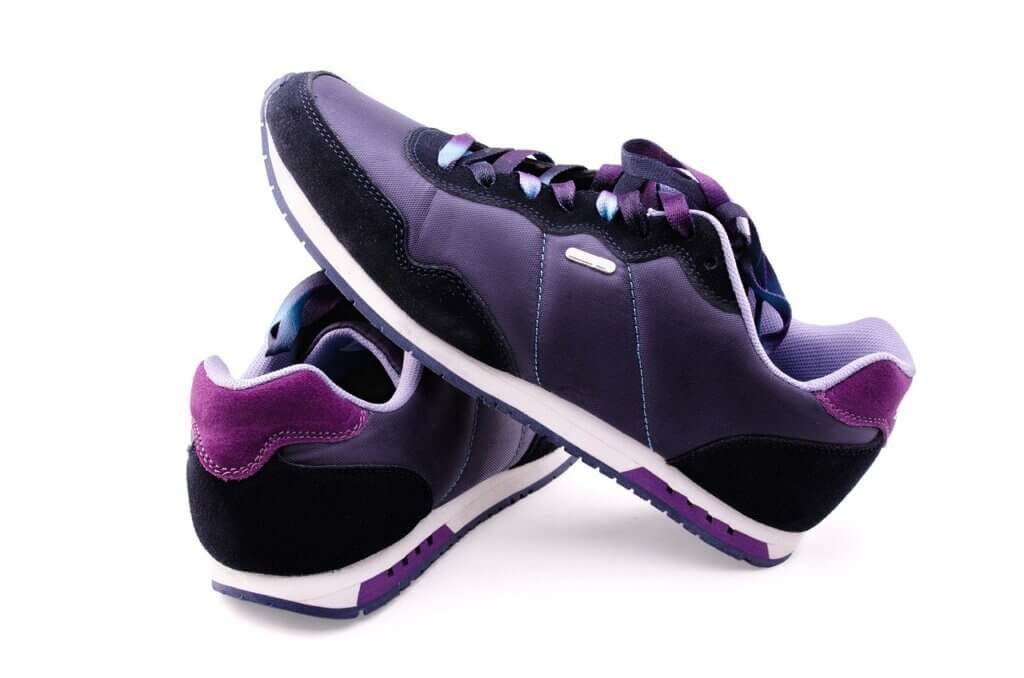
Cleaning and maintaining fitness trackers and smartwatches
Cleaning the straps and screen
Fitness trackers and smartwatches are often worn during workouts and can accumulate sweat and dirt. To clean the straps and screen, gently wipe them with a clean, slightly damp cloth. For stubborn stains, you can use a mild soap or screen cleaning solution. Avoid using excessive water or spraying liquid directly onto the device, as this can cause damage.
Avoiding liquid damage
It’s important to avoid exposing fitness trackers and smartwatches to excessive moisture or liquids. Remove them before swimming or showering to prevent water damage. If your device is water-resistant, ensure that it is thoroughly dried after exposure to water.
Charging and battery maintenance
Properly maintaining the battery of your fitness tracker or smartwatch is essential for its longevity. Follow the manufacturer’s instructions for charging and avoid overcharging the device. Regularly check the battery life and charge the device when necessary to prevent it from fully draining. If you notice any issues with the battery, consult the manufacturer or a professional for guidance.
Tips for cleaning and maintaining gym bags
Emptying and organizing contents
Regularly emptying and organizing the contents of your gym bag keeps it clean and prevents odor. Remove any used towels, clothes, or accessories after each workout to allow them to air out and prevent the growth of bacteria. Keep your gym bag organized by using compartments or separate pouches for different items.
Cleaning the interior
To clean the interior of your gym bag, start by emptying it completely. Shake out any loose dirt or debris. If the bag is machine washable, follow the manufacturer’s instructions for washing. If not, wipe down the interior with a clean cloth dampened with warm, soapy water. Allow the bag to air dry completely before using or storing it.
Cleaning the exterior
Cleaning the exterior of your gym bag helps to remove dirt, stains, and odors. For fabric bags, you can spot clean any visible stains using a cloth or sponge dampened with warm, soapy water. For leather or synthetic bags, follow the manufacturer’s instructions for cleaning. Avoid using abrasive cleaners or excessive water, as they can damage the bag’s material.
Dealing with foul odors
If your gym bag develops a foul odor, there are several methods to eliminate it. Start by thoroughly cleaning the bag as mentioned earlier. You can also place odor-absorbing materials, such as baking soda or activated charcoal, inside the bag overnight to absorb any lingering smells. For fabric bags, you can also use fabric fresheners or sprays specifically designed to eliminate odors.
Maintaining zippers and handles
Regularly inspect the zippers and handles of your gym bag for any signs of damage or wear. Lubricate the zippers with a small amount of zipper lubricant or even a graphite pencil to ensure smooth operation. If the handles or straps show signs of wear, consider reinforcing or replacing them to prevent any accidents or further damage.
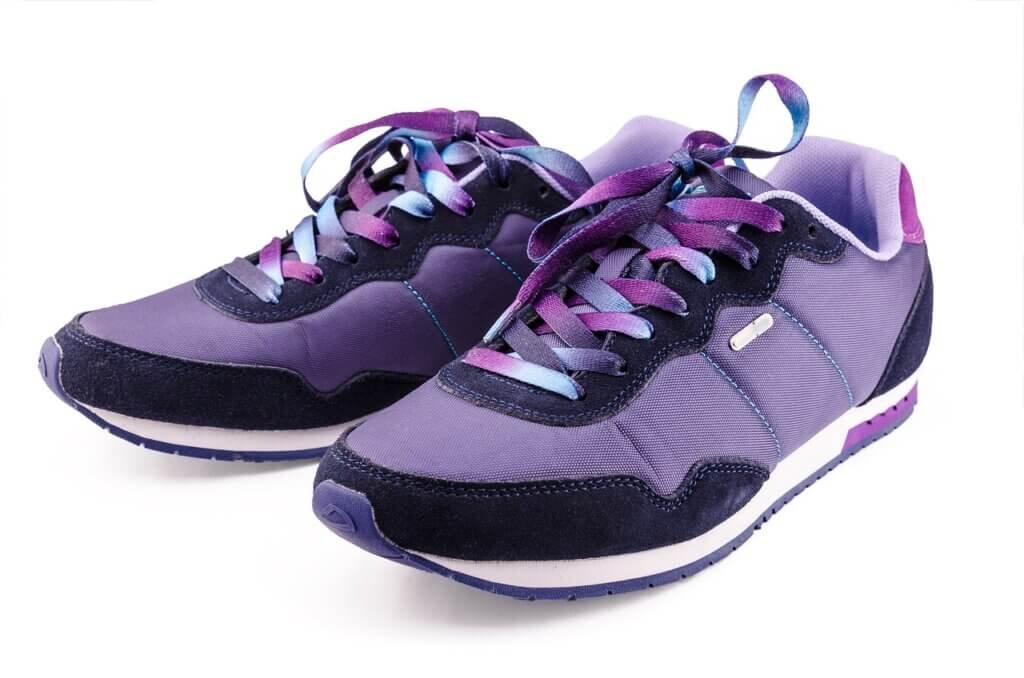
Cleaning and maintaining sports headphones
Cleaning ear tips and silicone covers
Sports headphones often come with interchangeable ear tips and silicone covers that need regular cleaning. Start by removing the ear tips and silicone covers from the headphones. Gently wash them with warm, soapy water using a soft brush or sponge. Rinse thoroughly with clean water and allow them to air dry completely before reattaching them to the headphones.
Cleaning the wire or wireless components
To clean the wire or wireless components of sports headphones, unplug or disconnect them from any power source. Use a clean, slightly damp cloth to wipe down the wires or wireless components, taking care to avoid getting any excess moisture near the connectors. Gently dry the components with a clean cloth before using or storing them.
Storing and organizing headphones
Properly storing and organizing your sports headphones can help maintain their functionality and prevent damage. Use a dedicated case or pouch to store your headphones when not in use, protecting them from dust, moisture, and potential tangles. Avoid storing them in extreme temperatures or exposing them to excessive sunlight, as these can affect their performance and durability.
Protecting against sweat and moisture
Sports headphones are exposed to sweat and moisture during workouts, so it’s important to take steps to protect them. Consider purchasing sweat-resistant or waterproof headphones specifically designed for sports activities. If your headphones are not sweat-resistant, you can use sweat-resistant covers or wraps to help protect the delicate components.
Cleaning and maintaining exercise equipment
Cleaning cardio machines
Cardio machines, such as treadmills, exercise bikes, and ellipticals, require regular cleaning to remove sweat, dirt, and bacteria. Start by disconnecting the machine from any power sources. Use a clean cloth or sponge dampened with warm, soapy water to wipe down the surfaces of the machine, paying special attention to handles, grips, and display screens. Rinse thoroughly with clean water and dry completely before using the machine again.
Cleaning weightlifting equipment
Weightlifting equipment, such as dumbbells, barbells, and weight plates, can accumulate sweat and chalk residue during workouts. After each use, wipe down the equipment with a clean cloth dampened with warm, soapy water. Pay attention to any areas with visible dirt or sweat stains. Rinse with clean water and dry thoroughly to prevent any water spots or rust from forming.
Maintaining proper lubrication
Proper lubrication is crucial to ensure the smooth operation of exercise equipment. Consult the equipment’s manual or manufacturer instructions to identify any recommended lubrication points. Use appropriate lubricants, such as silicone spray or oil, to lubricate moving parts. Avoid using excessive amounts of lubricant, as this can attract dirt and debris.
Checking and tightening bolts
Regularly inspect exercise equipment for loose or worn-out bolts. Use the appropriate tools to tighten any loose bolts and ensure that all components are secure. If you notice any damaged or worn-out bolts, replace them promptly to prevent accidents or further damage.
Preventing rust and corrosion
To prevent rust and corrosion on exercise equipment, ensure that it is kept in a dry environment. Wipe down metal surfaces with a clean cloth dampened with a rust inhibitor or light oil to prevent rust formation. Avoid storing weights or other metal equipment in damp or humid areas, as this can accelerate the corrosion process.
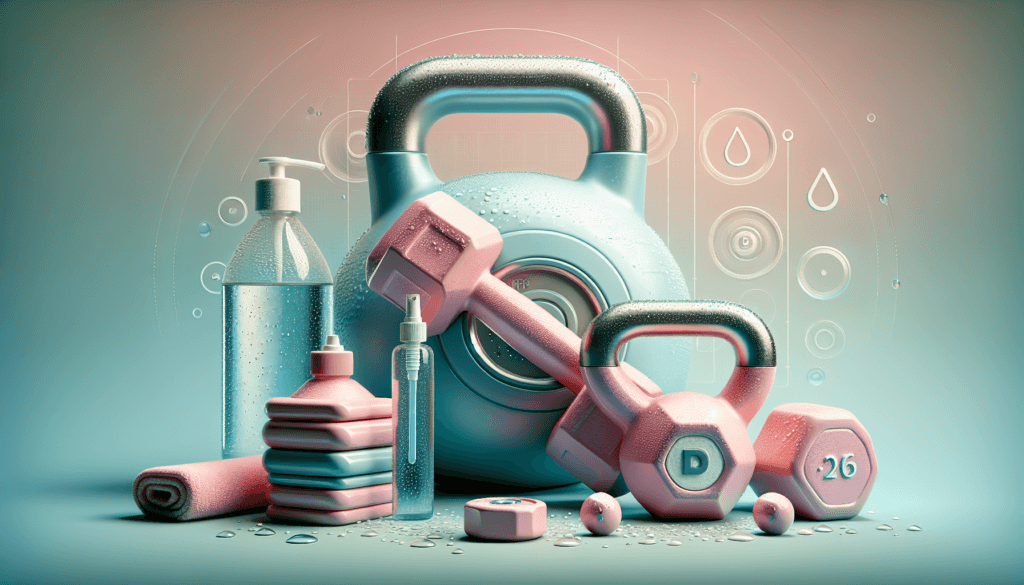
Maintaining proper hygiene during workouts
Using personal towels and wipes
Using personal towels and wipes during workouts is an effective way to maintain proper hygiene. Bring a clean towel to wipe away sweat and prevent it from dripping onto shared equipment. Keep antibacterial wipes handy to clean equipment surfaces before and after use, reducing the risk of spreading bacteria.
Sanitizing shared equipment
When using shared equipment, take the time to sanitize it before and after use. Use antibacterial wipes or spray to clean any surfaces that come into contact with your skin, such as handles, grips, and seats. This not only helps to prevent the spread of bacteria but also shows consideration for other gym-goers.
Avoiding touching your face
During workouts, it’s important to avoid touching your face, especially with unwashed hands. This helps to prevent the transfer of sweat, bacteria, and dirt from your hands to your face, reducing the risk of skin infections or illnesses.
Washing hands before and after workouts
One of the simplest and most effective ways to maintain proper hygiene during workouts is to wash your hands before and after each session. Use warm water and soap, lathering your hands thoroughly for at least 20 seconds. Rinse with clean water and dry with a clean towel or hand dryer. This helps to remove any sweat, bacteria, or dirt that may have accumulated during your workout.
Additional tips for cleaning and maintenance
Using natural cleaning solutions
Consider using natural cleaning solutions when possible, especially for fabric or skin-contact accessories. Vinegar, baking soda, and lemon juice can be effective alternatives to harsh chemicals. They are not only environmentally friendly but also gentler on the materials of your workout accessories.
Avoiding harsh chemicals
Harsh chemicals, such as bleach or ammonia-based cleaners, can damage the materials of your workout accessories. It’s best to avoid using these chemicals unless specifically recommended by the manufacturer. Opt for milder cleansers or natural cleaning solutions instead.
Reading manufacturer instructions
Always refer to the manufacturer’s instructions for cleaning and maintenance of your specific workout accessories. The manufacturer knows the materials and construction of the accessories best and can provide valuable guidance on the proper cleaning methods and any specific product recommendations.
Following recommended cleaning schedules
Establish a regular cleaning schedule for your workout accessories and stick to it. Consistent cleaning and maintenance ensure that your accessories remain in good condition and perform optimally. Consider setting reminders or creating a cleaning routine to help you stay on track.
By following these proper cleaning and maintenance techniques, you can ensure that your workout accessories remain in excellent condition, providing you with both hygiene and longevity. Take the time to care for your accessories, and they will continue to support you in reaching your fitness goals for years to come. So, get cleaning and enjoy your next workout with fresh and well-maintained accessories!
